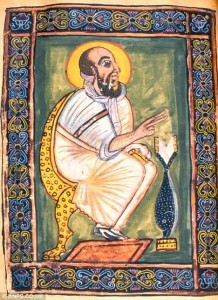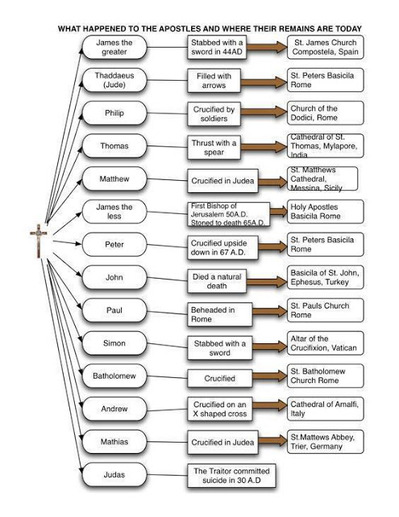 In 2010, there was an interesting “find” for the biblical world of our era. This article is three years old but it ought to raise our interests in the biblical narrative not merely for literary and artistic considerations, but for matters pertaining to divine revelation. We have a lot more work to do if we are to say we “know it all” when it comes to the bible.
In 2010, there was an interesting “find” for the biblical world of our era. This article is three years old but it ought to raise our interests in the biblical narrative not merely for literary and artistic considerations, but for matters pertaining to divine revelation. We have a lot more work to do if we are to say we “know it all” when it comes to the bible.
I say this because while news reports reveal what can be viewed as a testimony to the attractiveness to the biblical tradition of the Christian Church. The attractiveness of a dynamic faith in Jesus as Savior and Messiah. The realization that our Christian faith is based on meeting God and that we just don’t make things up as we go along.
What is now considered to be among the oldest surviving works of Christianity, the Garima Gospels date perhaps to the early fourth century first came to light in the 1950s; scholars and philanthropists in England are helping to preserve the treasure today.
The Monastery of Abba Garima in northern Ethiopia is one of many places where Christians have conserved their ancient texts relating to the Good News preached by Jesus Christ. That we have a fourth century manuscript with some very early extant Christian illustrations is stunning. The images have Coptic similarities. One more reason we need to have concern for Christians who live in Egypt, Ethiopian and Eritrea. According to reports, the Garima Gospels contain portraits of the Evangelists. A literary and cultural find for some, another piece for biblical archeology for scholars, these Gospel pages are relics of a living faith.

